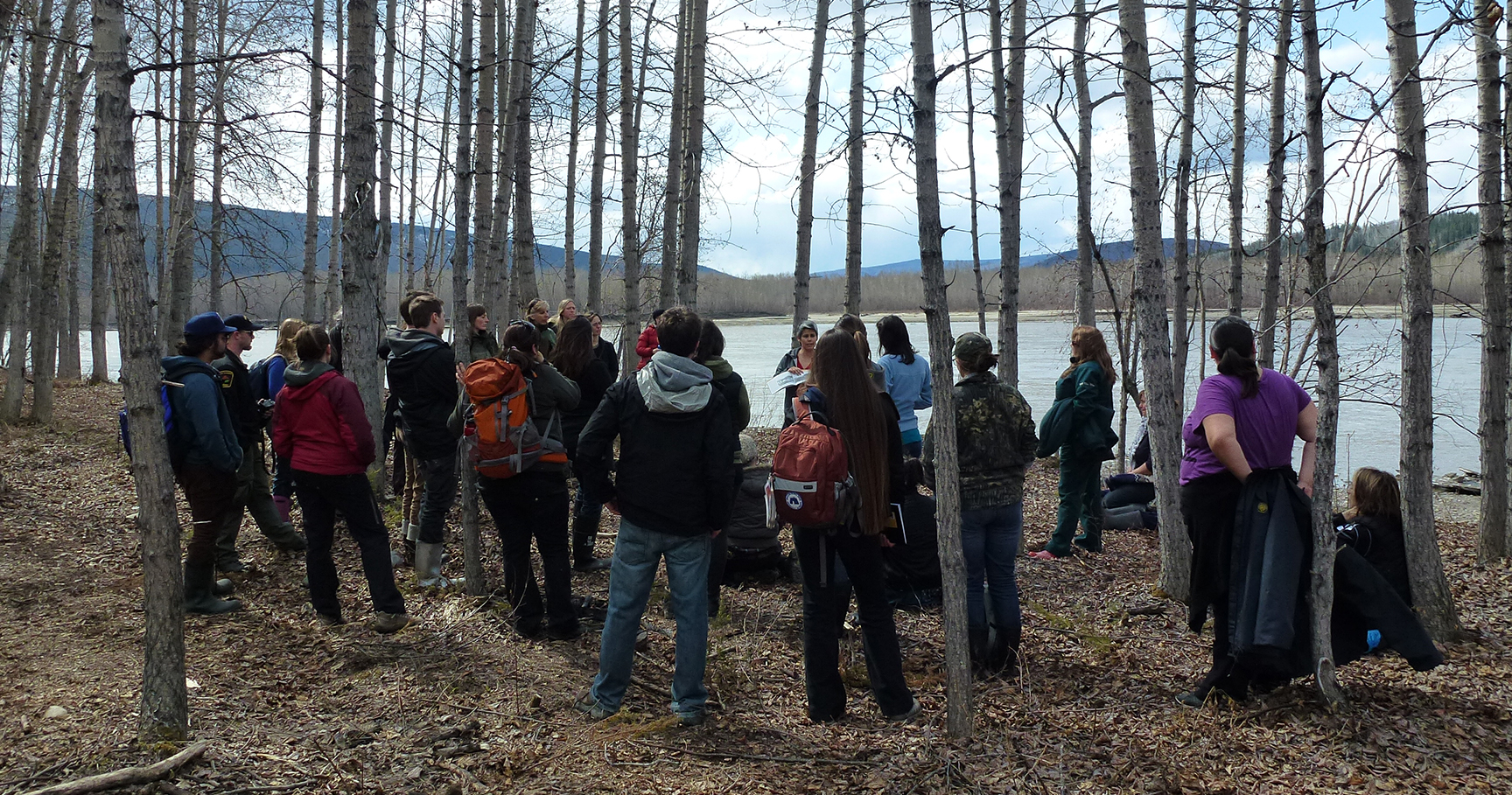
Background
The idea of designating the Klondike region as a World Heritage site has been around since the 1970’s, but really picked up momentum after 2013 when the World Heritage project was flagged as a key priority during regional economic planning. Over the following four years, a community-based initiative led by the Tr’ondëk-Klondike World Heritage Site Advisory Committee resulted in the nomination that was submitted by the State Party for Canada, Parks Canada, to the World Heritage Centre in 2017.
In May 2018 it was jointly decided to withdraw this nomination from consideration before the United Nations Educational, Scientific and Cultural Organization’s (UNESCO) World Heritage Committee meeting.
Parks Canada engaged an independent world heritage expert to review the nomination, and provide advice to either not proceed, revise the current nomination, or develop a new nomination. In October 2018, the world heritage expert visited Dawson, toured the site and conducted workshops with the project partners.
Discussions occurred on Tr’ondëk–Klondike’s heritage values. The project partners agreed on the importance of commemorating this special heritage place and the importance of continuing to work together The Tr’ondëk Klondike Advisory Committee suggested that a new/revised nomination should place Tr’ondëk Hwëch’in’s perspective at the centre of the gold rush narrative.
Our partnership
This project is led by a community-based Advisory Committee, co-chaired by the Tr’ondëk Hwëch’in Heritage Director and a non-governmental community organization. The Committee includes representatives from the Klondike Visitors Association, Dawson City Chamber of Commerce, Dawson City Museum, Klondike Placer Miners Association, Yukon Chamber of Mines, City of Dawson, Government of Yukon – Tourism and Culture, Parks Canada – Klondike National Historic Sites, up to four local residents, and a Tr’ondëk Hwëch’in citizen.
The project is managed by Tr’ondëk Hwëch’in and the project management team includes representatives from Tr’ondëk Hwëch’in (Heritage department) and Yukon Government (Historic Sites and Heritage Resources units).
Our name
Tr’o signifies the hammer rock used to drive the salmon weir stakes into the mouth of the river; ndëk means “river." Another interpretation uses the word Kl’o, which means grass, and translates roughly to: “waters flowing through the grass at the mouth of the Klondike.” The word Hwëch’in means the “people”. Tr’ondëk Hwëch’in means: “the people who lived at the mouth of the Klondike."
— Gerald Isaac, February 1999
The name of the property, Trondëk-Klondike, connects to the events that transformed Tr’ondëk Hwëch’in way of life in the face of colonization by newcomers. "Klondike" brings to mind the Klondike Gold Rush, an event famous around the world. This period in history came at the turn of the twentieth century, when the experience of colonialism had already been disrupting lives, cultures, and societies around the world for centuries. The survival of Tr’ondëk Hwëch’in cultural traditions, knowledge, and practices is reflected in the use of one of our place names, Tr’ondëk and indicates the experiences and ability of our people to adapt to colonialism and its impacts, expressed by the colonial name, Klondike.
